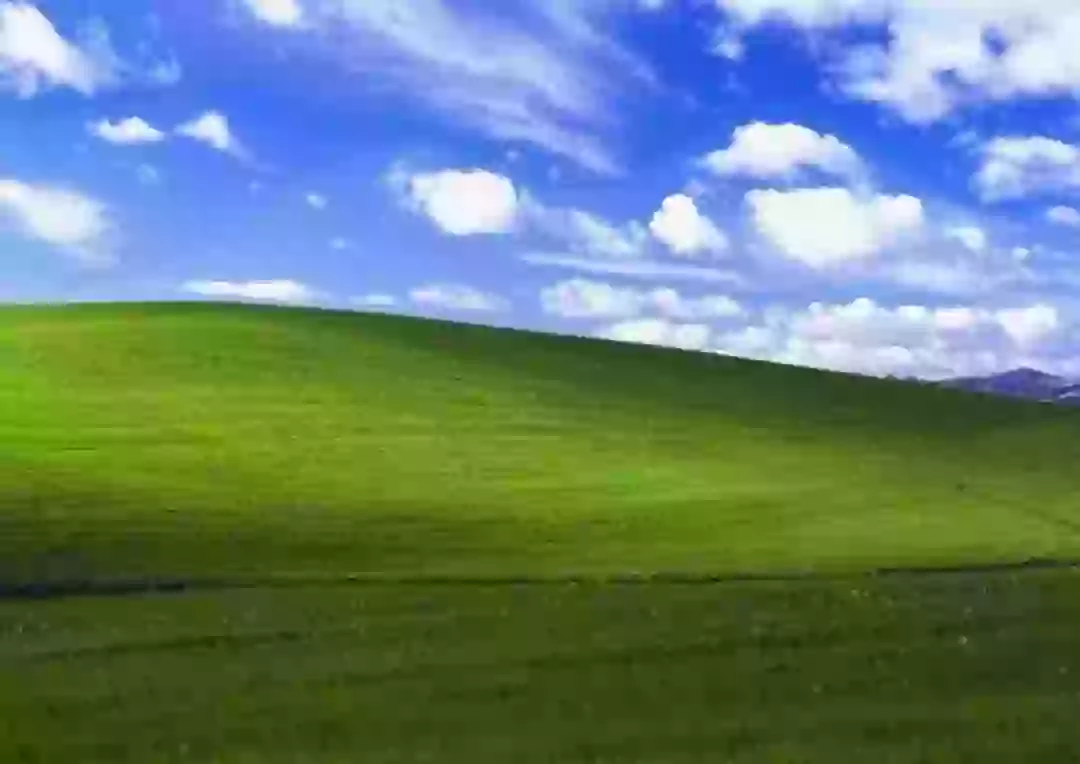Behind the world’s most recognized desktop image lies an extraordinary story and one photographer’s single regret.
Most travelers capture scenic photos to share with friends and family, but for Chuck O’Rear, one casual landscape shot catapulted him into photography history—even if you’ve never heard his name.
In January 1996, while driving to visit his girlfriend Daphne Larkin (now his wife of over two decades), O’Rear captured what would become the planet’s most-viewed photograph. The journey between his St. Helena home and Larkin’s Marin County residence regularly inspired him to stop and document the captivating California landscape.
That particular winter day, O’Rear photographed a tranquil scene featuring rolling emerald hills against a pristine blue sky adorned with scattered white clouds. He named it “Bliss.”

The image found its way to Microsoft co-founder Bill Gates after his Corbis group acquired Westlight, the stock agency where O’Rear had originally submitted the photograph. Gates selected “Bliss” as Windows XP’s default background—a decision that would place this image on billions of computers worldwide.
Though Microsoft purchased the photograph for a substantial sum—reported as a “low six-figure” amount exceeding $100,000—O’Rear’s only disappointment stems from the compensation arrangement.
“If I had known how popular it would become and how many computers it would’ve been on, I should’ve negotiated a better deal,” O’Rear admitted. “I should have said, ‘Just give me a fraction of a cent for every time it’s seen’—that would’ve been a nice arrangement.”
Instead, the transaction was straightforward: “It was not a royalty situation. It was a flat ‘here’s what we’re paying you, thank you very much’ and let’s get it on the computer screen and get moving.”

For years, viewers speculated that such a perfect image must have been digitally enhanced. O’Rear insists the photograph remains completely authentic.
“When it’s on film, what you see is what you get,” he explained. “There was nothing unusual. I used Fuji Film, which had more brilliant colors at that time, and the lenses of the RZ67 were just remarkable. The combination of camera and film quality made the difference and helped the Bliss photograph stand out among countless other landscape images.”
Today, despite being viewed by billions, few people know the origin story behind this iconic image or the name of the man who captured computing’s most famous vista.

